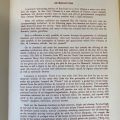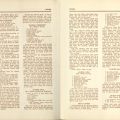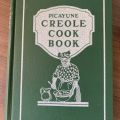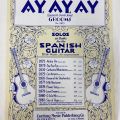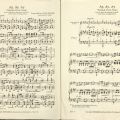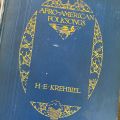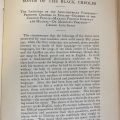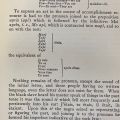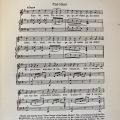The Louisiana Creole community are people of mixed French, African, Spanish, and Native American ancestry. An extraordinary Creole culture rich in traditions around food, literature, music, and more thrives in New Orleans. Special Collections & Archives holds many rare books that highlight these traditions.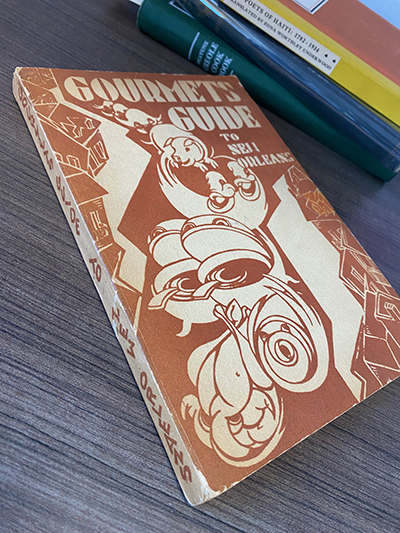
One of the main attractions that keeps tourists returning to New Orleans is Creole cuisine, from the fresh, handmade gumbo, to the sugary beignets, to jambalaya, all inspired by French, African and Spanish cuisine, but uniquely Louisana Creole in their own right. Special Collections & Archives has several cookbooks that focus on New Orleans Creole cuisine. One of the books located in the department, Gourmet's Guide to New Orleans, has recipes for Crab Gumbo, Oyster Gumbo, Jambalaya au Valois, and more. New Orleans is often recognized for its gumbos, many of which incorporat different types of seafood. The Original Picayune Creole Cook Book also contains recipes for Gumbo.
Music can be a huge part of culture, and every culture’s music has different melodies and rhythms. Creole music is often derived from the culture's Spanish heritage and incorporates the sweet, Spanish sounds of a guitar for the rhythm. Located in the department is a booklet of sheet music filled with Spanish Creole songs called, AY, AY, AY (Spanish Creole Song). The songs in the book are focused heavily on beat and rhythm with a small amount of Spanish lyrics as well.
Not all of the music that the Creole people have created is in Spanish nor does it all involve the rhythm of the Spanish guitar. Other creole music involves instruments such as the drum, or slower Southern lyrics describing the conditions and feelings of Black people in the Southern United States. Afro-American Folk Songs: A Study in Racial and National Music highlights the French influence in Creole music stating, "The circumstance that folksongs of the [enslaved people] were preserved by oral tradition alone until nearly fifty years ago, when the first collection was printed, gives peculiar interest to a study of their language - or rather languages, for the songs of the black creoles of Lousisana and the Antilles are also American folksongs, though they are sung in French patois and not in English."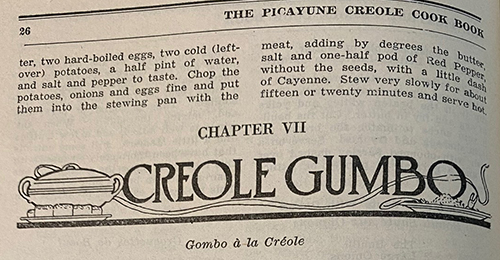
Creole cultural traits including food, language, folklore and music originated in Louisiana, but can be found throughout the United States today. If you’d like learn how to cook gumbo, read a Creole story, or learn a historical song, AY, AY, AY (Spanish Creole Song), Gourmet's Guide to New Orleans, Afro-American Folk Songs, and the Picayune Creole Book Book, can all be found in Special Collections & Archives.




